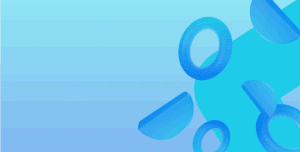In many implementation projects, I have been involved in lengthy debates about what part numbering to implement. Often we are moving our clients off older systems that required meaningful part numbers to find and sort their products. We pose the question, can we replace these numbers with a simple sequential number in NAV plus some smart grouping fields and a good description?
With NAV’s grouping, filtering and searching functionality, putting any meaning into a part number is not required. However, it is always a challenge to convince new clients of this and to let their old part numbers go. So I often raise a few key reasons why its best to avoid meaningful part numbers, to fuel the discussion.
It is next to impossible to design a numbering system that will allow for growth; the introduction of new products will screw up any carefully thought out scheme.
- Intelligent (or meaningful) part number systems may in fact be an oxymoron. It is next to impossible to design a numbering system that will allow for growth; the introduction of new products will screw up any carefully thought out scheme.
- Complex numbering systems are too hard for users and customers to remember and they are not efficient for searching and sorting.
- Putting the meaning into separate grouping fields, rather than the number, gives far better analysis capabilities.
Part numbers should be kept short – a maximum of 8 digits with a simple one or two alpha prefix and 6-7 numbers. The prefix helps to distinguish between other numbers in the system, such as Customer, Vendor or Order numbers. This method usually allows plenty of room for growth and will easily fit on all screens and printed reports/documents. Our standard is to have I-000001..I-999999 as the number series, surely this is simpler than something manually keyed like: 4-40-3/4″-pan-phil.
It is always difficult for people to let go of something that they have created and got used to, but the implementation of a new system provides the opportunity to re-evaluate the way things are done in order to maximise the benefits that the features of the new system can deliver.







